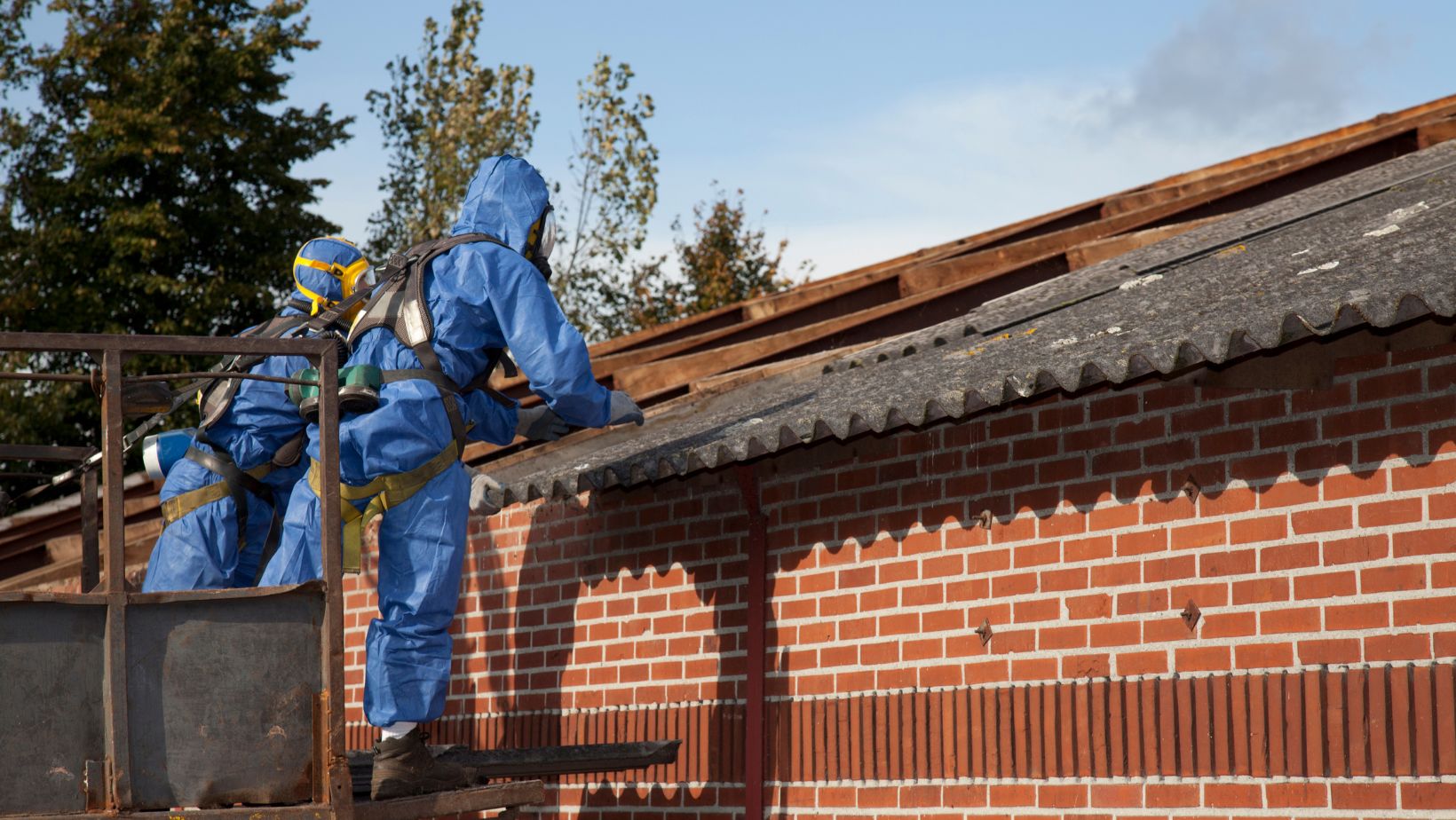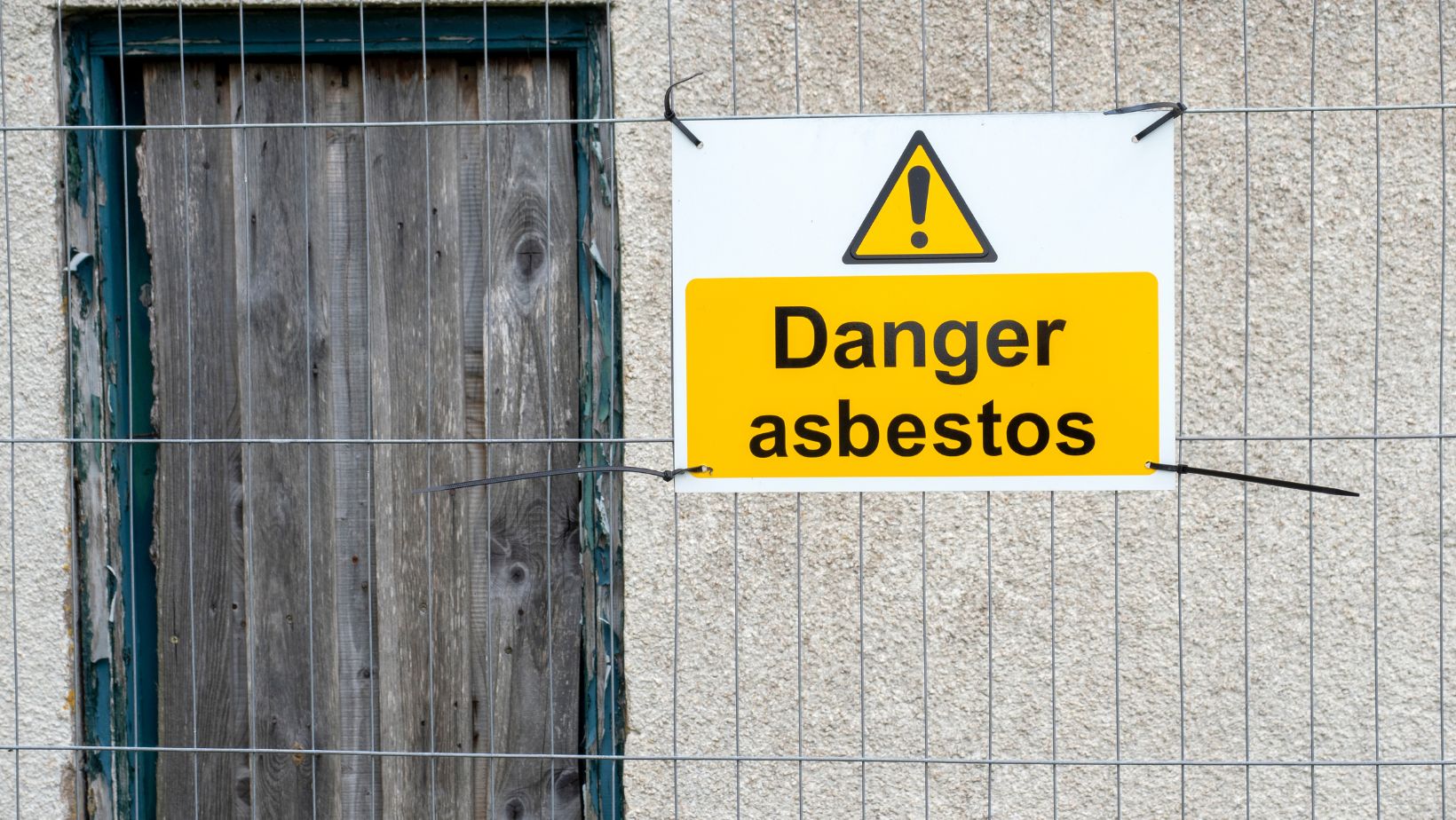Renovating older structures can reveal hidden dangers, such as asbestos, that pose serious health risks. Understanding and managing these hazards is crucial for ensuring safe and healthy environments. Asbestos testing services by Enviocore are essential for architects and builders aiming to renovate responsibly.
In recent years, the construction industry has seen a surge in renovation projects, driven by a desire to blend modern architecture with the charm of older structures. However, these projects often encounter hidden asbestos risks that can jeopardize building safety. Asbestos, once a common building material due to its heat resistance and durability, is now known for its severe health implications. Addressing these hazards through comprehensive asbestos testing ensures safer transitions from old to new structures.
Understanding Asbestos Risks
Asbestos is predominantly found in older buildings, hidden within insulation, roofing tiles, and even some paints. Its widespread use in the mid-20th century means that many renovations today face the challenge of managing this hazardous material. The health risks associated with asbestos exposure are significant; inhalation of asbestos fibers can lead to severe respiratory diseases, including asbestosis and mesothelioma. These conditions often have long latency periods, making early detection through testing crucial.
For those involved in renovation projects, recognizing the potential presence of asbestos is vital. Even small disturbances can release fibers into the air, posing immediate risks to workers and future occupants. Awareness and proper handling are key to minimizing exposure and safeguarding health. As more buildings undergo redevelopment, understanding these risks becomes increasingly relevant.
By acknowledging the presence of asbestos in older structures, you take the first step towards effective risk management. Comprehensive knowledge allows architects and builders to plan renovations that prioritize building safety without compromising on modern architectural designs.
Safety Measures and Compliance
Handling asbestos safely during renovations requires adherence to strict safety measures and regulations. These guidelines not only protect workers but also ensure that renovated spaces remain safe for future use. Compliance begins with a thorough assessment of the site, identifying potential asbestos-containing materials before any work commences.
The importance of following legal regulations cannot be overstated; failure to comply can result in severe penalties and endanger public health. Regulations often mandate specific disposal methods and protective equipment for workers handling asbestos materials. By following these protocols, you contribute to a safer environment for everyone involved.
Moreover, adhering to established safety standards reflects a commitment to excellence in construction practices. It showcases your dedication to maintaining high levels of professionalism while navigating the complexities associated with asbestos management in renovation projects.
The Benefits of Early Asbestos Testing
Early asbestos testing is a proactive measure that significantly reduces health risks and project delays. By identifying asbestos-containing materials before renovations begin, builders can plan appropriate removal or containment strategies. This foresight prevents the accidental release of fibers, which can lead to costly work stoppages and health hazards.
Engaging in early testing also aligns with modern architecture practices that emphasize sustainability and safety. It ensures that new designs are not only aesthetically pleasing but also safe for occupants. The integration of safety measures into the design process reflects a holistic approach to building safety, where the health of workers and future residents is prioritized from the outset.

Furthermore, early testing facilitates smoother project execution by eliminating unexpected asbestos-related challenges. This strategic planning contributes to timely project completion and enhances the overall quality of the renovation.
Role of Asbestos Testing Services
Professional asbestos testing services play an indispensable role in identifying and managing risks associated with this hazardous material. They provide detailed assessments that inform renovation strategies, ensuring that all potential hazards are addressed effectively before work begins.
Enviocore offers specialized expertise in asbestos testing, supporting architects and builders in their efforts to maintain safe construction environments. Their services ensure that every aspect of the renovation process aligns with safety regulations while integrating seamlessly with modern architecture goals.
The benefits of engaging professional testing services extend beyond compliance; they offer peace of mind by guaranteeing that all necessary precautions have been taken. This proactive approach helps mitigate risks early on, facilitating smoother transitions from outdated structures to contemporary designs.
Strategic Planning for Successful Renovations
The value of early asbestos testing is evident through numerous successful renovation projects where potential hazards were identified and managed effectively. By incorporating expert insights into your planning process, you can anticipate challenges and implement solutions tailored to your project’s unique needs.
The experiences shared by professionals highlight the advantages of early intervention in preventing costly delays and ensuring seamless project execution. When renovation plans consider both modern architecture aesthetics and essential safety measures from the outset, you lay the foundation for successful transformations.

This strategic approach emphasizes the importance of prioritizing building safety alongside design aspirations, ultimately contributing to healthier living environments that respect both past legacies and future innovations.


More Stories
What Is The Ideal Humidity Inside A Home
Hygge Interior Design: Creating Comfort and Coziness in Your Home
Inside The Home Alone House: A Sneak Peek into Christmas Nostalgia